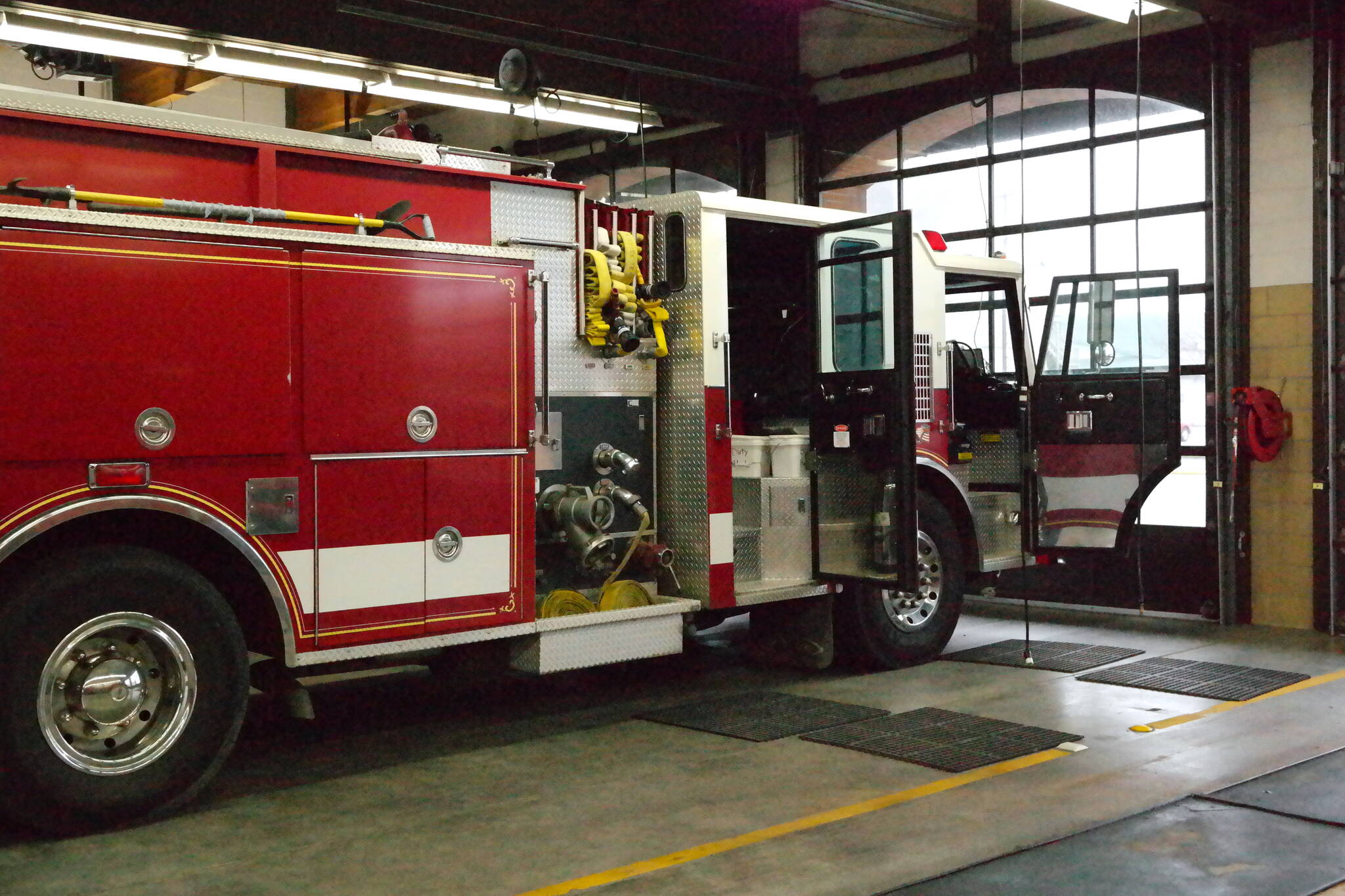Plans to form a Central Grays Harbor Regional Fire Authority (RFA) are getting a second chance with special election ballots mailed out last week to residents of Hoquiam and Aberdeen.
Should it pass, Proposition 1 would merge the Aberdeen and Hoquiam fire and EMS services into a single regional fire authority. The measure failed to pass in November 2021 falling just 14 votes shy of the 60% supermajority needed across both cities. Residents will have until Feb. 8, to decide if they want to create a fire department that traverses Myrtle Street.
The proposal to create a regional fire authority began with a 2018-19 feasibility study conducted by Emergency Services Consulting International (ESCI), which found that the current status of both Hoquiam Fire Department (HFD) and Aberdeen Fire Department (AFD) was not sustainable.
“We have two very anemic departments that are struggling to keep up with the demand,” said Aberdeen Fire Department Assistant Fire Chief Dave Golding.
RFA coordinators believe the merge is essential to improving public safety. According to their internal data for 2021, 54% of calls in Aberdeen are consecutive calls, as are 45% in Hoquiam. Without a private ambulance service in the area, firefighters must respond to medical calls as well. When teams are out running consecutive calls, it leaves the department without a staffed fire engine to respond to any potential fire-related emergencies.
“The ultimate goal is to have the right resources to save lives,” said Aberdeen Fire Chief Tom Hubbard.
Should it pass, the RFA measure would add two additional firefighters per shift. This would allow for three-person staff engines, which is the minimum number of staff by law for firefighters to be able to enter a structure during a fire. It would also add two ambulances, which would free up fire engines.
Some residents have expressed confusion over why the individual cities aren’t working to properly staff their own departments independently. According to the ESCI feasibility study, HFD needs three additional firefighters, and AFD needs seven.
Hoquiam Fire Deparment Assistant Fire Chief Matt Miller believes while the cities could work independently to address their staffing needs with minimal financial difference, such an approach would lose all the benefits that come with combining departments.
“We could do it separately and try to hire up, but we’d lose operational efficiency and the efficiency in response. This is a more seamless model,” he said.
Not only would the RFA reduce wait times by allowing the closest unit to respond, regardless of city affiliation, but it would also help eliminate administrative redundancies. The RFA would be able to contract with the cities for administrative services, thus taking out the need for new department staff. The merger would also reduce duplicate supply orders and allow for minor cost savings by purchasing resources in bulk.
The financials of the RFA proposal remain an issue for some voters, particularly when it comes to the complex Fire Benefit Charge.
“The Fire Benefit Charge is based on the square footage of structures on a piece of property, so if there was no building, there would be no benefit charge,” said Hoquiam Finance Director Corrine Schmid.
The charge is ultimately determined by the “fire flow,” or the cost to put out a fire at a building. Under the proposed funding mechanism, Sound Publishing, which owns The Daily World and the 17,795 square foot building on Michigan Street, would pay an additional $4,314.94 annually to fund the RFA. Almost all of this increase can be attributed to the $4,165 Sound Publishing would pay in fire benefit charges.
The charge is not based on assessed value, therefore it will not change if property valuation increases. Proposed levies for the RFA would replace existing duplicate levies so residents would only pay once.
“I know we’re asking for a lot, but if this doesn’t pass, we will seriously have to look at our operational model down the road,” said Hubbard. “We’re providing the highest level of care, and we don’t ever want to lose that, but we might not be able to sustain that without this funding.”
Hubbard, who is passionate about customer service, worries that continuing to operate as two separate entities might force the departments to begin making tough decisions, such as placing non-acute calls on a waiting list.
“This (funding the RFA) is what we need to do to sustain our level of service in the community, and that is our sole purpose,” he said. “It will create a true government agency that has to be responsive to the voters, and will make us more accessible to the public.”



